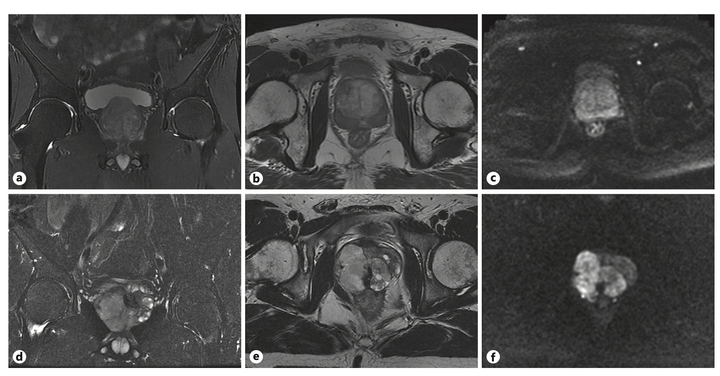Clinical and Pathological Features of Prostatic Stromal Tumor of Uncertain Malignant Potential: A Retrospective Study of 23 Chinese Cases

Abstract
Introduction: Prostatic stromal tumor of uncertain malignant potential (STUMP) is a rare disease that may coexist with prostate stromal sarcoma (PSS). We aimed to analyze the histological and clinical features of STUMP.
Methods: Twenty-three patients diagnosed with STUMP from 2008 to 2019 were included. Clinicopathological and follow-up information was collected. In the subgroup analysis, we divided the patients into a pure STUMP group (N = 18) and a mixed STUMP (STUMP coexisting with PSS) group (N = 5). Student’s t test was used to compare the 2 groups.
Results: Patients had a mean age of 55.5 ± 19.4 years and an average follow-up time of 42.3 months. The mean prostate volume was 109.2 ± 73.5 cm3, and the mean prostate-specific antigen was 8.03 ± 10.5 ng/mL. In the subgroup analysis, 16.7% (2/12) of pure STUMP patients had disease progression, while 100% (3/3) of mixed STUMP patients suffered from recurrence. Compared with the pure STUMP group, the mixed STUMP group was younger (37.2 vs. 60.6 years, p = 0.013) and had lower expression of estrogen receptor and progesterone receptor (p = 0.004 and p < 0.001, respectively).
Conclusion: STUMP is a rare disease with a relatively good prognosis. However, there is still a possibility of disease progression or coexistence with stromal sarcoma. Timely diagnosis and regular monitoring may be helpful in improving treatment outcomes.
Keywords: Hyperplasia; Prognosis; Prostate; Stromal tumor of uncertain malignant potential.